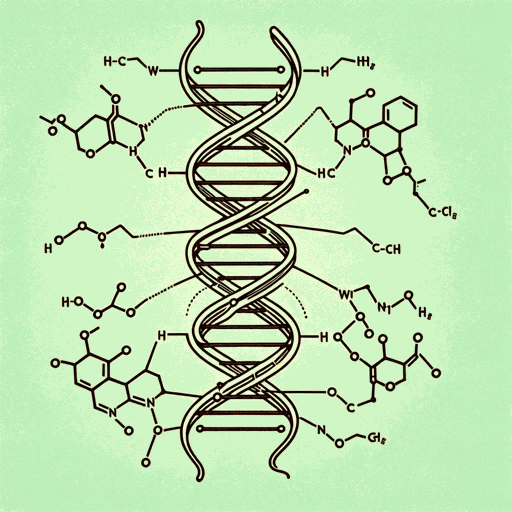96 pages • 3 hours read
Walter IsaacsonThe Code Breaker: Jennifer Doudna, Gene Editing, and the Future of the Human Race
Nonfiction | Biography | Adult | Published in 2021A modern alternative to SparkNotes and CliffsNotes, SuperSummary offers high-quality Study Guides with detailed chapter summaries and analysis of major themes, characters, and more.
Chapters 5-8Chapter Summaries & Analyses
Chapter 5 Summary: “The Human Genome”
The Human Genome Project was formally launched in 1990, with James Watson as its first director. The project is an ambitious international collaboration to figure out the 3 billion pairs of bases in human DNA and the more than 20,000 genes these pairs encode. However, the project has a complex history, especially when it comes to the controversial field of eugenics, which implies certain human traits are more desirable than others. Watson voiced such controversial opinions, especially after his son Rufus was diagnosed with schizophrenia. Determined to disprove the notion that upbringing and environment played a part in Rufus’s condition, Watson believed his son’s troubles lay in “his genes.”
Men occupied all the leading roles on Watson’s team. Filled with competing egos like Francis Collins (Watson’s successor at the Human Genome Project), whizkid geneticist Eric Lander, and controversial biotech entrepreneur Craig Venter, the Human Genome Project soon turned into a competition. Finding a cheaper method for faster base sequencing, Venter broke away to form the private firm Celera. In turn, Watson and Lander doubled down on their work. So public was the competition between the two groups that in early 2000, President Bill Clinton had to coax Venter and Collins to come together to share credit for the discoveries of the Human Genome Project.
Related Titles
By Walter Isaacson





